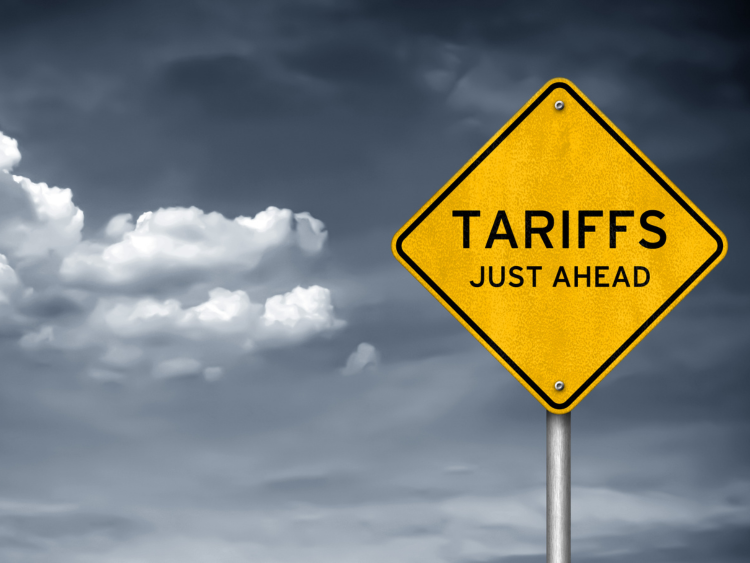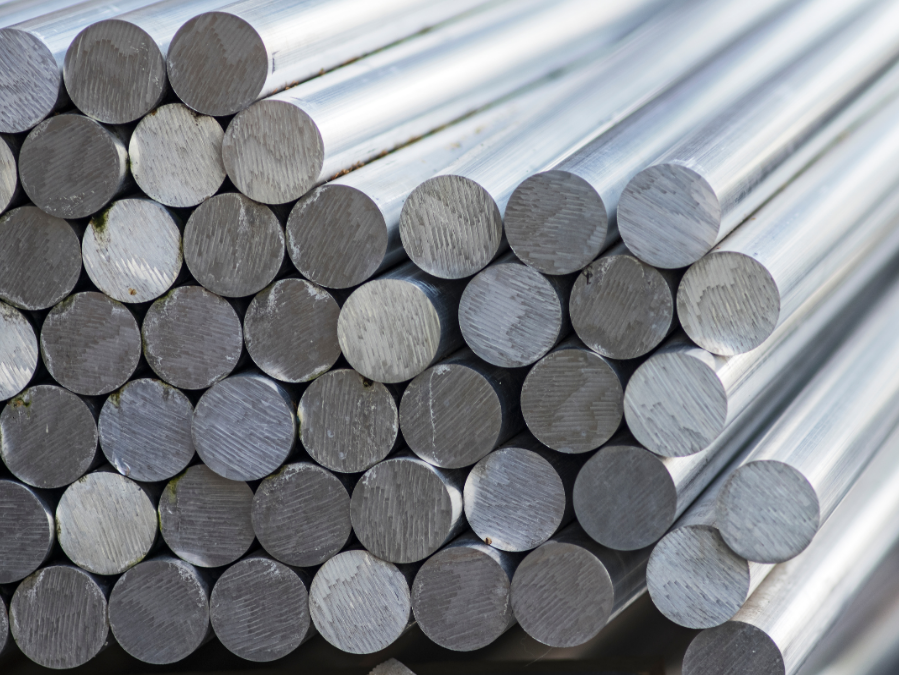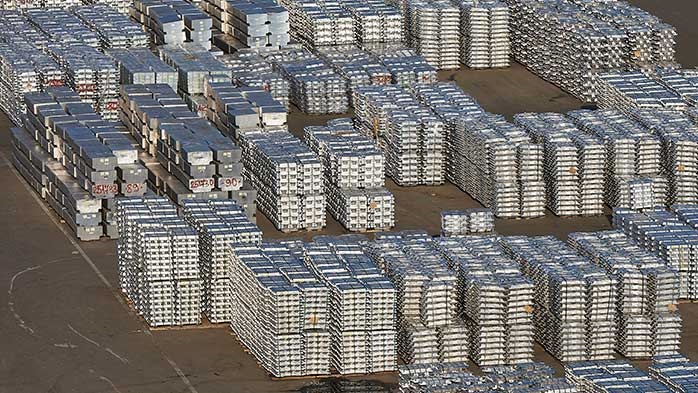Aluminum

CRU aluminum: Imports brought back into focus amid new sanctions and other trade actions
Written by Matthew Abrams
February 23, 2024
Surge of Mexican steel and aluminum imports worries Washington
US Trade Representative Katherine Tai has voiced the United States’ unease at a marked increase in steel and aluminum imports from Mexico, and what she termed a lack of transparency about Mexican imports of the metals from third countries.
Mexico should take immediate and meaningful steps to address the matter, she told Mexico’s secretary of economy Raquel Buenrostro in a virtual meeting.
She noted the US has the right to reimpose 25% import duties on steel and 10% on aluminum, the so-called Section 232 tariffs, suspended under the USMCA free-trade agreement. Talks between the two countries continue.
Mexico’s steel sector body Canacero refuted suggestions that Mexico acts as a conduit for steel going into the US from other countries, sometimes referred to as triangulation.
“It is completely false that there is a lack of cooperation and transparency on the part of Mexico; our country has openly collaborated with the United States in defending the North American region against triangulation and unfair trade practices in the steel sector,” media in Mexico quoted Canacero as saying.
“Mexican steel is exported to the United States with legality, transparency, competitiveness, and respect for international trade rules, particularly those established in the T-MEC.” That is the Mexican abbreviation for USMCA.
Canacero contended the US benefits by exporting 4.1 million metric tons (mt) of finished steel products to Mexico, approaching double the 2.3 million mt that it imports from Mexico, and added: “Forty-nine percent of US steel exports are to Mexico, with a $3.2-billion trade deficit.”
“Our exports of finished products to the United States only represent 2.5% of their market, while for many years they have held 13.9% of our domestic consumption captive,” Canacero said.
New recycling projects to boost scrap demand
Recently, two projects come to mind when it comes to increasing recycling capacities in Europe. One was announced by Constellium last year and involves a 130-million euro investment at its rolling mill in Neuf-Brisach in France. The investment is expected to provide an additional 130,000 mt of recycling capacity by 2025 to serve the packaging and automotive markets. The Neuf-Brisach facility, established in 1967, is already one of Constellium’s largest plants with a production capacity of 450,000 mt annually. There was also the announcement earlier this year that a grant to support this project was provided as part of the French investment program – France 2030.
Another project was announced by Hydro in early February. The Norwegian producer has announced an investment of 180 million euros to construct a new state-of-the-art aluminum recycling plant in Torija, Spain. The new recycling plant will produce 120,000 mt of low-carbon recycled aluminum per year in the form of aluminum extrusion ingots. The products will serve a wide range of industries including transport & automotive, building and construction, renewable energy installations, and consumer durable markets. The investment is pending final build decision, which is expected in H2’24. Production is expected to commence in 2026.
Even if those substantial investments do not translate into higher demand right away, it should increase the industry’s awareness of having to secure sufficient scrap. For now, demand is weak so prices are only firming up gradually, but when demand starts recovering, the scrap market will be the first to get tight. For secondary grades, this will be made faster by a growing appetite for scrap from Asian countries, especially China as it is rapidly expanding its secondary industry. For primary grades, it is more the fact that operating rates have been low since demand weakened, and therefore less scrap than usual has been generated domestically. Overall, we estimate the need to restock will emerge sooner than later and prices will continue increasing gradually in anticipation of better demand in the second half of this year.
Century’s loss widens
US-based Century Aluminum ended last year with a net loss of $43.1 million – three times greater than the negative $14.1 million that was observed in 2022. Turnover fell 21.2% to $2.19 million, chiefly as a consequence of lower realized aluminum prices and an 8.8% decline in shipments to 701,000 mt.
The Chicago-headquartered company attributed the higher net loss to losing $68.3 million on forward derivative contracts – $16.7 million related to a power equipment failure at the 1.42-million-mt-per-year (y) Jamalco alumina refinery in Jamaica; and $9.0 million in curtailment costs at the 252,000 mt/y Hawesville smelter in Kentucky; plus, a $6.6-million increase in share-based compensation costs driven by market inputs. Those negative factors were partially offset by costs being $26.2 million lower.
This article was first published by CRU. Learn more about CRU’s services at www.crugroup.com/analysis.
Matthew Abrams
Read more from Matthew AbramsLatest in Aluminum

Wittbecker on Aluminum: Can port fees bring US shipbuilding back?
Representatives from bulk commodity shippers and consumer goods argued against the fees, saying it could cripple supply chains because of the very dominance that China has in the existing shipping fleet.

Tariff talks define Alcoa’s Q1
Operational results painted a picture of a company that produced more aluminum but shipped less of it as a result of tariffs and timing mismatches.

Wittbecker: What comes after ‘Liberation Day’?
A week after "Liberation Day," the global economy got a 90-day “stay of execution.” The Trump administration hit the pause button on many of its broad tariff measures, with the exception of China.

The Value Trap: USMCA compliance paradoxes
A counterintuitive aspect of the 25% tariffs on autos is these percentages are measured in value, not by weight or part count. That means a few costly imported parts can outweigh dozens of cheaper local ones – and vice versa.

Aluminum takeaways after ‘Liberation Day’
If you import aluminum products, here’s where things stand after President Trump's "Liberation Day."
